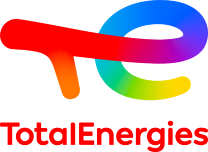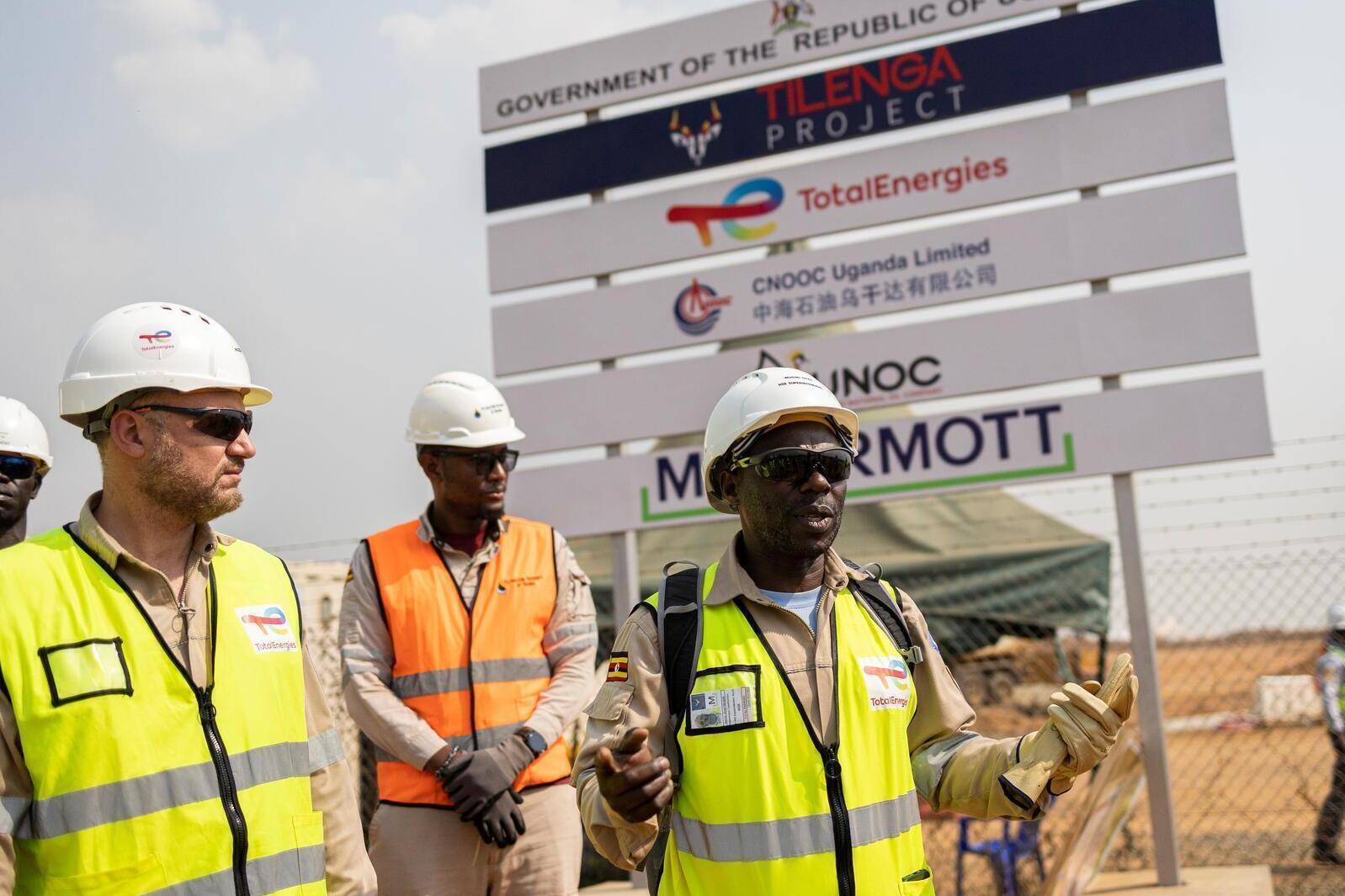Biodiversity, water, air, soil and the circular economy: our actions to protect the environment are all-encompassing, and we consider nature as a whole. Determined to provide as many people as possible with energy that is more affordable, more reliable and more sustainable, we are committed to preserving and streamlining our use of natural resources.
This specifically means that we develop our activities, including renewable energies, while taking action to preserve biodiversity, prevent and control soil pollution, and tackle deforestation. This is also reflected in our efforts to reduce our freshwater withdrawals and limit substance releases to air and water. Lastly, it means playing an active role in promoting the circular economy by developing waste recovery processes and incorporating more circular raw materials into our production systems.












